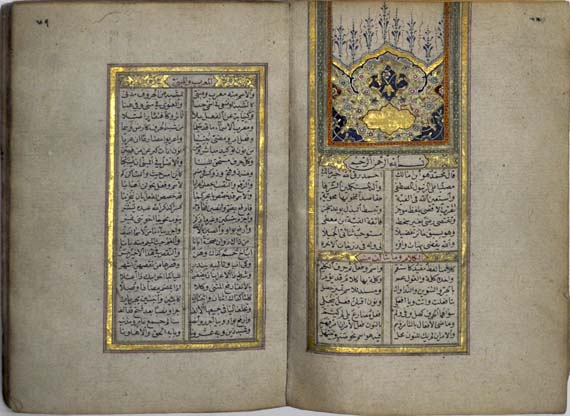

Enhance your knowledge of the language(s) employing the Arabic script.Ĭompare a portion of the manuscript text under study with a legible transcript of the same passage (it may be printed, typed, even handwritten), noting (even listing) the idiosyncrasies of the hand.


Familiarize yourself with scripts and hands of various historical periods and regional styles via transcription and characterization exercises.Acquire a basic knowledge of the Arabic script.Mouse&manuscript from Dorrit van Dalen, Peter Webb and other colleagues offers further online lessons for codicology and palaeography drawn from the rich collection at Leiden University Professor Jan Just Witkam's "Course in Islamic paleography" is also highly recommended, particularly for students of Arabic and Persian.Ī further tool for Arabic is the vHMML School Arabic Paleography lessons by Adam McCollum, which cover "Arabic scripts from the 9th to 20th centuries, using Christian Arabic manuscripts from Sinai and HMML’s collections." A few strategies and advice for such exercises are given below. For essential readings, albums, and exemplary studies, see the lists below.Įxercises are essential to developing one's palaeography. The field is still fragmentary with much room for advancement despite the special challenges presented. "What is Palaeography?" by Julian BrownĪrabic script palaeography applies these methods to the study of handwriting in the Arabic alphabet and thus encompasses several languages.It involves characterizing and classifying scripts and hands, deciphering handwritten texts, and dating and placing manuscripts on the basis of their handwriting. Palaeography (or paleography) is the study of handwriting.


 0 kommentar(er)
0 kommentar(er)
